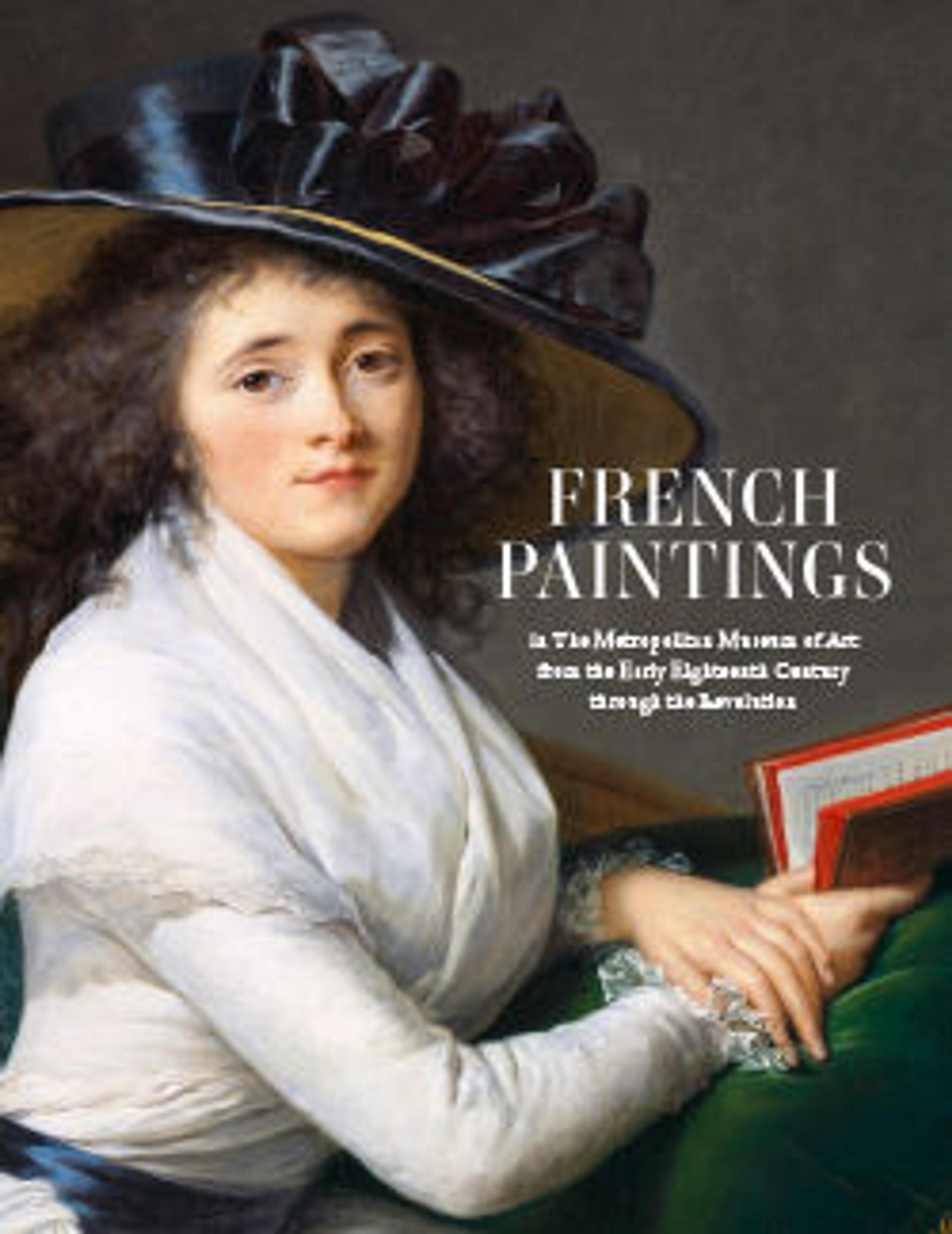The Rebuke of Adam and Eve
The history painter Natoire was trained in the studio of François Le Moyne, for whom this meticulously executed painting must have been intended as a tribute. It is a pendant to an earlier work by Le Moyne of the same size, also painted on copper, which depicts Adam receiving the forbidden fruit from Eve (private collection). Natoire shared with Le Moyne a predilection for the nude that here links biblical to more sensual subjects popular in eighteenth-century France. Note the rosy flesh of Natoire’s disappointed Eve, a tear glistening on her cheek, contrasted with Adam’s taut musculature.
Artwork Details
- Title: The Rebuke of Adam and Eve
- Artist: Charles Joseph Natoire (French, Nîmes 1700–1777 Castel Gandolfo)
- Date: 1740
- Medium: Oil on copper
- Dimensions: 26 3/4 x 19 3/4 in. (67.9 x 50.2 cm)
- Classification: Paintings
- Credit Line: Purchase, Mr. and Mrs. Frank E. Richardson III, George T. Delacorte Jr., and Mr. and Mrs. Henry J. Heinz II Gifts; Victor Wilbour Memorial, Marquand, and The Alfred N. Punnett Endowment Funds; and The Edward Joseph Gallagher III Memorial Collection, Edward J. Gallagher Jr. Bequest, 1987
- Object Number: 1987.279
- Curatorial Department: European Paintings
More Artwork
Research Resources
The Met provides unparalleled resources for research and welcomes an international community of students and scholars. The Met's Open Access API is where creators and researchers can connect to the The Met collection. Open Access data and public domain images are available for unrestricted commercial and noncommercial use without permission or fee.
To request images under copyright and other restrictions, please use this Image Request form.
Feedback
We continue to research and examine historical and cultural context for objects in The Met collection. If you have comments or questions about this object record, please contact us using the form below. The Museum looks forward to receiving your comments.
